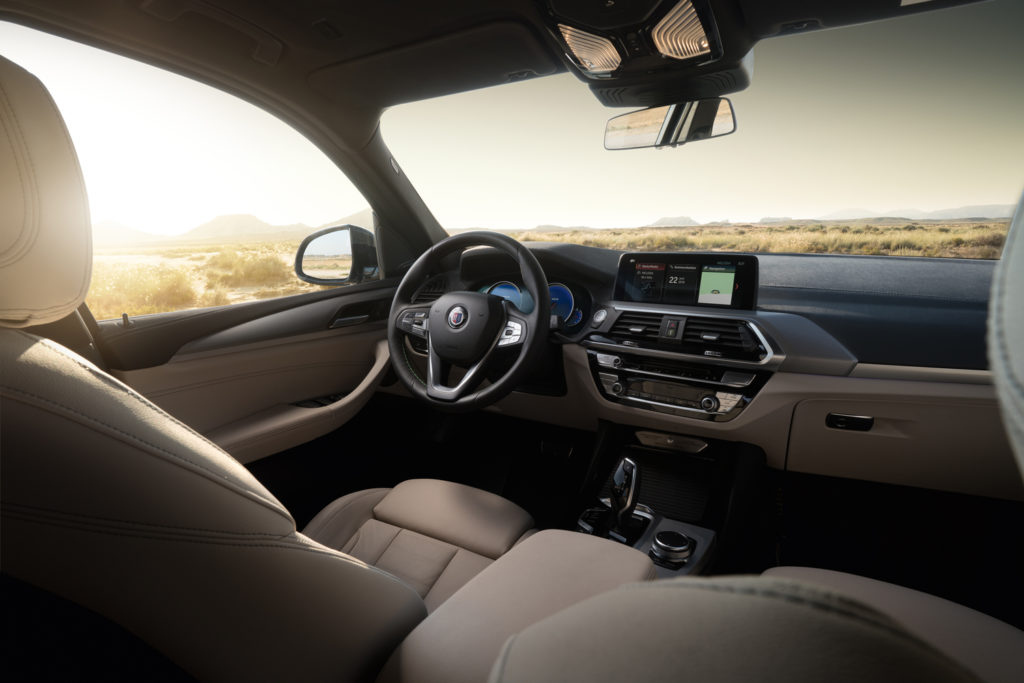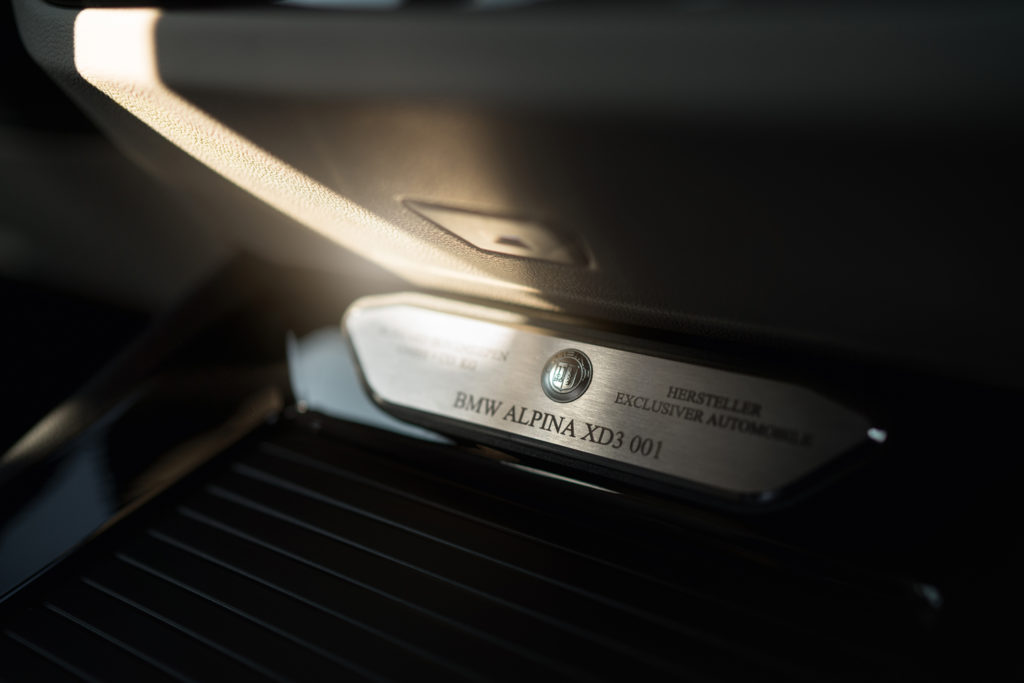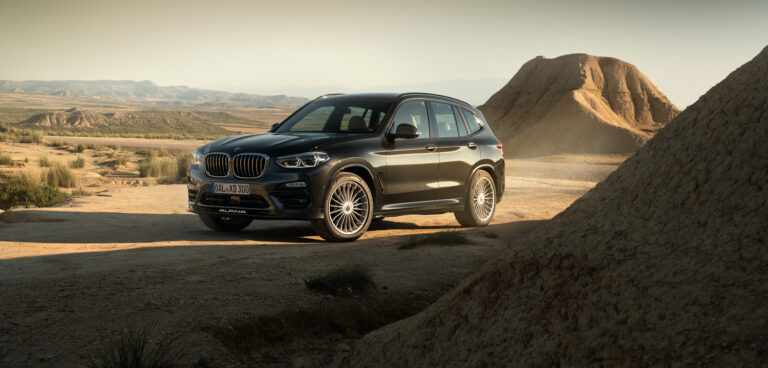Alpina has announced that its second-generation XD3 will be equipped with a heavily revised version of BMW’s diesel straight-six.
The result of thousands of hours of development at the company’s R&D center and on roads from Death Valley to the Arctic Circle, the SUV will hit 254km/h, reach 100km/h in 4.8 seconds, and deliver a 31.4 mpg combined average.
To increase power and torque without compromising responsiveness, Alpina’s powertrain specialists have replaced the standard single TwinPower turbocharger with two variable geometry turbochargers – one small and one large, that work in parallel to provide significantly faster response and more linear, progressive power delivery.
These turbos are fed from larger intake ducts with optimized radii, allowing the engine to breathe more freely by reducing induction air pressure losses by up to 30% compared with the standard system. A 20% larger intercooler with flow-optimized aluminum ducting increases the density of the fuel/air mixture to further increase engine output.
During development, managing heat was critical to ensuring consistent response, low emissions and long-term durability. This thermodynamic stability is ensured thanks to the addition of a secondary radiator and high-flow oil cooler into the engine cooling circuit. Mounted low behind the bespoke front spoiler, these benefit from aerodynamically optimized air flow.
 Control is provided by a dedicated thermal systems control unit that uses information from the vehicle’s databus to optimize powertrain temperatures and reduce parasitic loading by momentarily switching off the uprated fan when maximum acceleration is required.
Control is provided by a dedicated thermal systems control unit that uses information from the vehicle’s databus to optimize powertrain temperatures and reduce parasitic loading by momentarily switching off the uprated fan when maximum acceleration is required.
Alpina has paid equal attention to the hot side of the engine, specifying a bespoke, free-flow exhaust manifold manufactured from a cobalt steel alloy to provide high temperature resistance. A four-outlet, lightweight stainless-steel sports exhaust system has been tuned to both minimize back pressure and optimize scavenging, improving both power and refinement.
Changes continue further down the driveline, where the 8-speed automatic transmission also receives additional cooling, while 20% of components are uprated including strengthened gear clusters and a larger torque converter.
The company’s work with transmission supplier ZF, which involved extensive analysis to strengthen the transmission, has not only improved durability but negated the need for the torque reduction commonly applied during upshifts.
The driveshafts and differential are also reinforced, helping facilitate sub-0.1 second gearchanges that neither stress the driveline nor detract from the XD3’s refinement.



